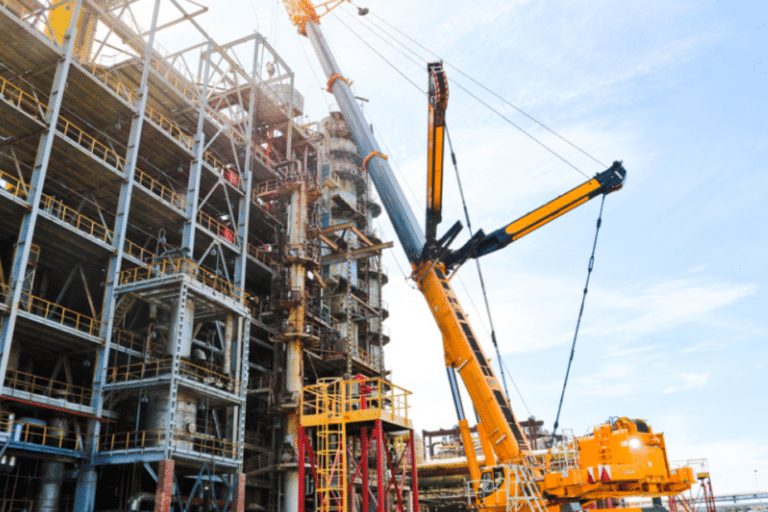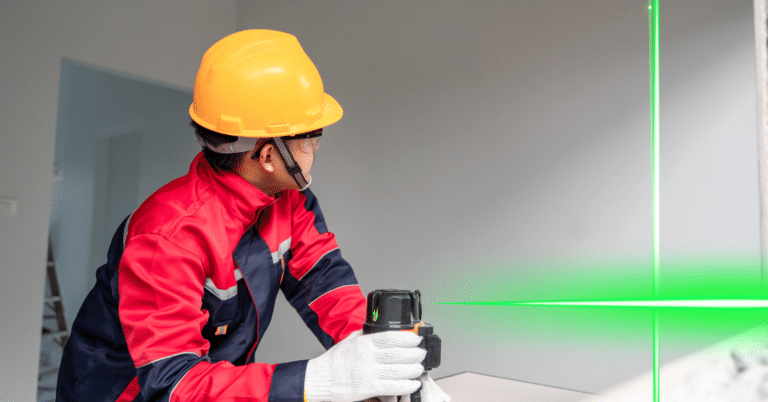Last Updated on March 7, 2025 by Jeffrey Calderon
Sidewalk Lien Removal Services

Understanding Sidewalk Liens and Violations
Owning property in New York City comes with a unique set of responsibilities, one of which is maintaining the sidewalk adjacent to your property.
The NYC Department of Transportation (DOT) enforces strict regulations on sidewalk conditions to ensure pedestrian safety. If your sidewalk is cracked, uneven, or otherwise damaged, the DOT may issue a violation notice requiring repairs.
Failing to comply within the given timeframe can result in the city performing the repairs on your behalf—and sending you the bill. If the bill goes unpaid, a sidewalk lien may be placed on your property, affecting your ability to refinance, sell, or transfer ownership.
Sidewalk liens can become a major financial burden if left unaddressed, but the good news is that they can be removed with the right approach and expertise.
Common Causes of Sidewalk Violations
Sidewalk violations aren’t arbitrary; they stem from real hazards that can cause injuries, lawsuits, and property devaluation. Here are some of the most common reasons why property owners receive sidewalk violations:
1. Tree Root Damage

The city plants trees along sidewalks to improve urban landscapes, but as these trees grow, their roots can push up the concrete, causing cracks and uneven walking surfaces. Since the city plants the trees, they’re responsible for damages caused by tree roots, not the homeowner.
2. Weather Damage

New York’s freeze-thaw cycles in winter can wreak havoc on concrete sidewalks. Water seeps into small cracks, freezes, expands, and widens the cracks, leading to significant deterioration over time. This water seeps in through the joints on the sidewalk, compromising the integrity of the sidewalk.
3. Age and Wear
Over time, sidewalks naturally deteriorate due to continuous foot traffic, vehicular pressure, and exposure to environmental elements. Older properties often have sidewalks that were constructed decades ago, making them prone to wear and tear.
4. Heavy Equipment and Vehicles

Construction equipment, delivery trucks, and illegally parked vehicles can exert excessive pressure on sidewalks, leading to fractures and crumbling edges. If a sidewalk is not designed to withstand heavy loads, it will deteriorate faster.
5. Improper Drainage Issues
Poor drainage systems can cause water to pool on sidewalks, weakening the concrete over time. This standing water can lead to hazardous ice patches in winter, increasing the risk of accidents.
The Sidewalk Violation Process in NYC
If the DOT finds that your sidewalk is in violation of city regulations, they will take the following steps:
- Issuing a Notice of Violation – The DOT will send a Preliminary Inspection Report detailing the sidewalk defects and requiring the property owner to fix them.
- The 75-Day Correction Window – Property owners have approximately 75 days to hire a contractor, obtain the necessary permits, and complete the repairs.
- Reinspection – Once repairs are completed, inspectors must be coordinated to confirm compliance.
- City-Performed Repairs & Lien Placement – If the owner does not make the required repairs within the given timeframe, the city may step in, hire a contractor, perform the work, and bill the owner. If the bill goes unpaid, a sidewalk lien is placed on the property.
The Impact of a Sidewalk Lien on Property Owners

A sidewalk lien can cause numerous issues for property owners, including:
- Difficulty Selling or Refinancing – Liens are recorded against the property, which means they must be cleared before a sale or mortgage approval can go through. If not taken care of, the seller may have to put money into escrow, decreasing the amount of money they’ll receive from selling their property.
- Increased Financial Burden – The city may charge significantly more than a private contractor for repairs, and unpaid bills can accumulate penalties and interest.
- Legal Consequences – Failure to address sidewalk violations can lead to lawsuits from pedestrians who suffer injuries due to unrepaired hazards.
How to Remove a Sidewalk Lien in NYC
If your property has a sidewalk lien, don’t panic—there is a clear process to remove it. Here’s what needs to be done:
Step 1: Obtain a Copy of the Violation and Lien

Start by retrieving documentation of the violation and lien from the NYC Department of Finance or NYC DOT. This will give you details on the repair costs imposed by the city and any outstanding payments due. Not every copy will have a diagram detailing which sidewalk flags require repair. This is especially true for older violations.
Step 2: Verify If the Repairs Were Performed
If the city completed the work, confirm that the repairs were actually carried out and meet DOT standards. If there are issues with the work, you may have grounds to contest the charges.
If repairs were made privately without a permit, the homeowner will be required to obtain a permit before trying to remove the sidewalk lien from City Records.
Step 3: Negotiate the Lien Payment
In some cases, property owners can negotiate the amount owed, especially if they can prove financial hardship or errors in the billing process.
Step 4: Make Payment or Perform Independent Repairs
If payment is required, settling the amount in full is the fastest way to remove the lien. If you have not yet completed the repairs, hiring a licensed contractor to fix the issue and obtaining a final inspection from the DOT will lead to the lien’s removal.
Why Choose Our Firm for Sidewalk Lien Removal Services?

At Permits In No Time Inc., we offer a full-service approach to sidewalk lien removal, making us the top choice for property owners in NYC. Here’s why:
1. We Handle the Entire Process for You
From obtaining violation reports to coordinating with city agencies, we take the stress off your shoulders and ensure your lien is removed as efficiently as possible. If you’re selling your home, we can initiate an expedited review on your behalf.
2. We Have a Full-Service Team

Unlike other firms that only provide paperwork assistance, we have a licensed contractor and architect on staff. This means we can handle both the physical repairs and any required drawings for landmark approvals, ensuring full compliance with DOT and Landmark Preservation Commission regulations. Having your full team at your fingertips makes the process a lot smoother for you.
3. Cost-Effective Solutions
City-performed repairs can be expensive, and hiring the wrong contractor can lead to repeat violations. Our team ensures high-quality, cost-effective solutions that meet NYC regulations the first time.
4. Fast-Track Permit Approval
Since we specialize in DOT permitting and compliance, we can expedite the permit process, allowing for faster repairs and quicker violation dismissals.
Frequently Asked Questions
How long does it take to remove a sidewalk lien?
The timeline varies, but most sidewalk lien removals take between 30 to 90 days, depending on whether repairs need to be performed and how quickly payments are processed.
Can I ignore a sidewalk lien?
No. A sidewalk lien will remain on your property until it is resolved. Unpaid liens can accumulate interest and lead to legal consequences.
Does homeowners insurance cover sidewalk repairs?
It depends on your policy. Some homeowner insurance plans cover sidewalk repairs caused by specific events, such as fallen trees or vandalism. However, general wear and tear are usually not covered.
What happens if my property is in a landmark district?
If your property falls within a landmark district, additional approvals from the Landmark Preservation Commission may be required. Our in-house architect can handle this process and prepare the necessary drawings for approval.
Take Action Today
If you have received a sidewalk violation or already have a sidewalk lien on your property, don’t wait. The longer you delay, the more costly and complicated the process can become.
Contact Permits In No Time Inc. today for expert assistance in sidewalk lien removal. Our experienced team of professionals will guide you through the process, ensuring compliance, cost-effective solutions, and peace of mind.
Resources
Resource 1: Find Out If Your Lien is Active by Visiting NYC County Clerk, simply enter block and lot:
→ NYC COUNTY CLERK
Resource 2: If Tree Roots damaged your sidewalk, have a Forrester review your property:
→ Trees & Sidewalk Program
Resource 3: Confirm if your property is within a Landmark District:
→ LANDMARKS MAP TOOL
Resource 4: Learn even more about Sidewalk Violations
→ NYC Sidewalk Violation Article






